Rest in Peace and Power, James Bidgood (3/28/1933–1/31/2022)
The legendary filmmaker and photographer James Bidgood died earlier this year at the age of 88. His fabulous artistic gestures made their mark on the continuum of history. Biographer Bruce Benderson lauded him as “the father of the pulp and glamour aesthetic,” and the website Artsy dubbed him “one of the quintessential creators of homoerotic imagery.”
Bidgood’s artwork inspired subsequent generations, whether they knew it or not. Once you study his images, you start to see them everywhere. The photography of Pierre et Gilles and David LaChappelle for example, even Lil Nas’s “Montero,” can be traced to the color-saturated fairy-tale genre Bidgood belonged to, if not invented.
The fact that Bidgood was born in Stoughton and grew up in Madison should put a little extra pride in Madison’s LGBTQ Pride. In 2015 Gayletter (Issue 2) posted an interview with Bidgood by Cameron Keady, titled “Out of a dream: James Bidgood.” The interviewer says, “I want to hear your story directly from you.” Bidgood replies, “Fine then. I was born in Madison, Wisconsin. But who cares?”
That quip aside, while Bidgood’s forever home and community was made in NYC, he seems to have always maintained a fondness for his hometown and his formative years. He continued, “Madison was a nice place. What I didn’t know about it at the time was that Life magazine had named it one of the best places in the country to raise a child. And it was actually a pretty liberal place. Of course, there was bigotry, but it wasn’t outright, and there weren’t any incidents or ugliness. So I had a good start, so to speak, about being gay.”
Bidgood told stories of begging his mother for paper dolls, a toy many considered inappropriate for boys at the time. Thankfully, she honored his request. He also mentioned that his parents had a print of Maxfield Parrish’s “Daybreak” in their bedroom. It was set in a “baroque silver frame” and “mounted on tufted purple satin.” At an age when children often have their creativity and queerness aggressively put down, Bidgood’s childhood experiences, education, and fantasies seemed to be cared for and even fed.
Many queer youth long to live in bigger, better, and more welcoming places. Bidgood left Madison in 1951, soon after he graduated high school, but what really pulled him to New York was his desire to work in musical theater. In the Gayletter interview, when Keady asked, “What were your creative outlets in Madison? What did you like to do?” Bidgood replied, “I was the town’s prima donna, I’d like to think, and I was a terrible tart. I was unusual—I don’t think there were many naughty boys like me. But aside from that, I was in school musicals and plays and theater. So I moved to New York.”
The 1950s must have been an exciting decade for Bidgood. He attended Parsons School of Design. He performed drag and designed sets and lighting for Club 82. But like most of us who leave our hometowns seeking to discover where we really belong and what we want to do with our lives, life often turns out differently than we think it will. By the 1960s, Bidgood’s big Broadway dreams pivoted into DIY dreamscapes that he made in his apartment, filling his home with alluring young men posed in luscious tableaus. His incredible imagination and knowledge of art history enabled him to draw upon the art and culture he knew yet create something truly unique. His photos, which pushed right up to the boundaries of the day’s decency laws, were featured in gay men’s physique magazines such as Muscleboy and The Young Physique.
In Bidgood’s New York Times obituary Neil Genzlinger explains, “He staged photographs, mostly in his Manhattan apartment, that were lavish fantasies full of references to mythology, adventurous lighting and props, and attractive men—sometimes in costume, sometimes in nothing. The pictures, some of which ended up on the magazines’ covers, were both erotic and amusingly campy.”
Bidgood brought the drama, lighting, and costumes of musical theater to gay men’s erotic photography. In a 2011 NYT article, referenced in his obit, Bidgood explained his motivation to spice up plain beef into beefcake. Gay male photography of the time was “badly lit and uninteresting” according to Bidgood. “Playboy had girls in furs, feathers, and lights. They had faces like beautiful angels.” Bidgood told the Times, “I didn’t understand why boy pictures weren’t like that.” He pushed the genre beyond merely displaying skin into images of a thousand-plus words that told dramatic homoerotic stories.
James Bidgood is best known for his film, Pink Narcissus, released anonymously in 1971. Bidgood created his elaborate art film in his apartment between 1963 and 1969, the years leading up to the Stonewall Riots. In his modest abode, he constructed fabulous costumes and staged elaborate sets for his passion project, just as often described as an artistic masterpiece as it was a cult classic.
John Waters’ film, Pink Flamingos, was released in 1972 and though their films’ names overlapped at the time of their original release, the filmmakers did not. Waters, who repeatedly includes Pink Narcissus on his top 10 must-see films, explains to Our Lives that he did not even discover Bidgood’s film until it was re-released much later. But when he did see it, he found it beautiful and original. “It is an incredibly beautiful art film that I’ve seen over and over.”
Waters stated that even though there were other filmmakers and photographers dabbling in dreamy gay imagery at the time, Bidgood took the genre in a new direction, “He made it arty.” Waters also posits that Bidgood was not part of any group or artistic movement. “He was his own man. He did it obsessively in his own loft and he did it like nobody else. I’m sure some people knew about it, but most did not.” Though many fans and critics describe Bidgood’s work as campy, Waters disagrees, explaining,“No, I don’t think it was Campy. Campy is something that is so bad it is good. To me it was so good it was great.”
In a short YouTube interview called, “James Bidgood, Background Player” posted back in 2013 when he was an extra for the film Love is Strange (2014), Bidgood appears to be in great spirits, telling bawdy stories and cracking self-deprecating jokes. He mentions being “poor,” owning only two shirts, and having few teeth left.
Though it is painful to think of a visionary, queer, culture-maker like Bidgood suffering poverty toward the end of his life, his friend and gallerist, Brian Paul Clamp, notes that Bidgood also had an extended community caring for him. “He supported himself on the sale of his art. It is difficult, even for very well-established and successful artists, to totally pay their bills just from the sale of their work. But, he was taken care of. He had someone who looked after him. His rent was always paid and he had food to eat, but he certainly didn’t have a lot of money.” Clamp emphasized that Bidgood was well-loved by his community, especially by Kelly McKaig, who stepped in after Bidgood’s partner, Alan Blair died in 1985, a death that rocked Bidgood’s world and left him “a bit lost” according to Clamp.
Bidgood describes how he met Alan in 1975, and what it felt like to lose him in 1985, in Out Exclusives, “The Secret Garden” (January 18, 2012). “I was inconsolable for years. I loved that man so much. People would call years later and find out he was gone, and they would say such wonderful things because he was a special human being. Everyone who ever met him knew that. This was to the bone. We fit together. We were one unit. It’s something you don’t experience with just anybody. I had the 10 best years of my life with that man.”
According to Clamp, it was McKaig who made sure Bidgood was well cared for in the last decades of his life. In fact, McKaig established a GoFundMe to help ensure Bidgood receives a fitting funeral and that his artwork will be preserved in perpetuity.
Though some describe Bidgood as reclusive in his elder years, prior to the COVID-19 pandemic, he did experience a last hurrah. In 2019, artist Lissa Rivera, curated “Reveries” a retrospective of Bidgood’s work at the Museum of Sex. She consigned artwork from ClampArt, Clamp’s New York gallery that centers around queer erotica and represented Bidgood since 2007. Clamp said that “Reveries” brought Jim, as his friends called him, an outpouring of public love and support. The opening coincided with Bidgood’s 86th birthday party.
On September 18, 2020, Bidgood posted on Facebook that he thought it would be June or July of 2021 before he would be “rejoining the human race” and that would only be true, he predicted, if the world saw “the populace changing from total assholes to sensible sane citizens.” He went on to rebuke those who could not be bothered to don a mask and maintain social distance, insinuating that they were unpatriotic.
He talked about the sacrifices Americans made during “the war effort,” an era that clearly impressed him as a child of the Great Depression. Bidgood was eight years old when the U.S. entered the war in 1941, and he was 12 when Japan surrendered, ending the war. “As I said before,” he concluded on his FB post, “we would have lost WWTwo if it were up to this self-centered entitled bunch.” In the same prophetic post, Bidgood predicted that COVID would be with us “until it wore itself out,” and sadly he seems to be being proven correct. In fact, Bidgood died in a Manhattan hospital of complications due to COVID-19, and he never was able to rejoin the post-COVID world we are all still eagerly anticipating.
On his last public Facebook post on Sept 25, 2020, James Bidgood referred to himself as an “old poof,” a term Merriam-Webster defines as, “Extremely Disparaging and Offensive. A contemptuous term used to refer to a gay man.” Yet somehow, the way Bidgood dispatches those two loaded words, they read as a healthy reclamation of the term and an endearing self-description of an authentically lived, full life.
“I have always said that musical theater is my church…my religion…because the moment I hear the first notes of the overture…I am as close to God as I ever expect to be,” Bidgood wrote in his post. Depending on your beliefs, you might console yourself at the news of this influential artist’s death by imagining that Bidgood is even closer to God now, and hopefully he is up there creating the greatest queer musical theater production heaven has ever seen. n


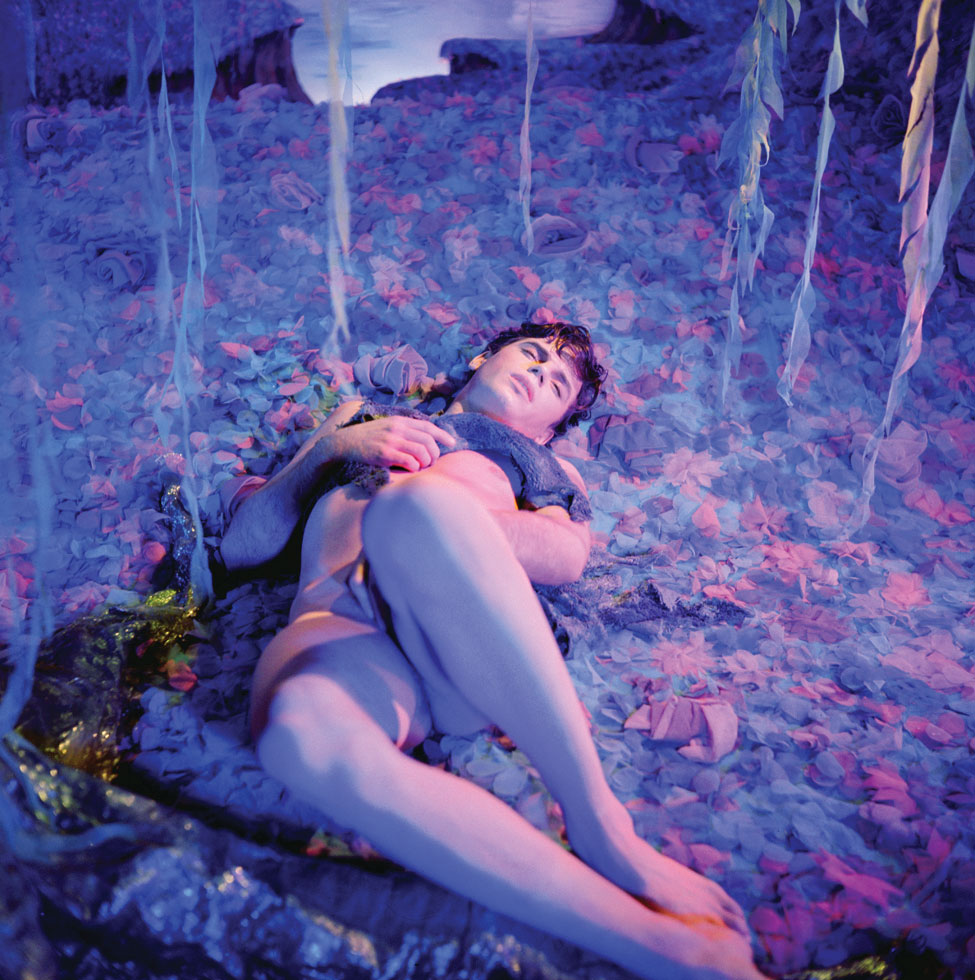

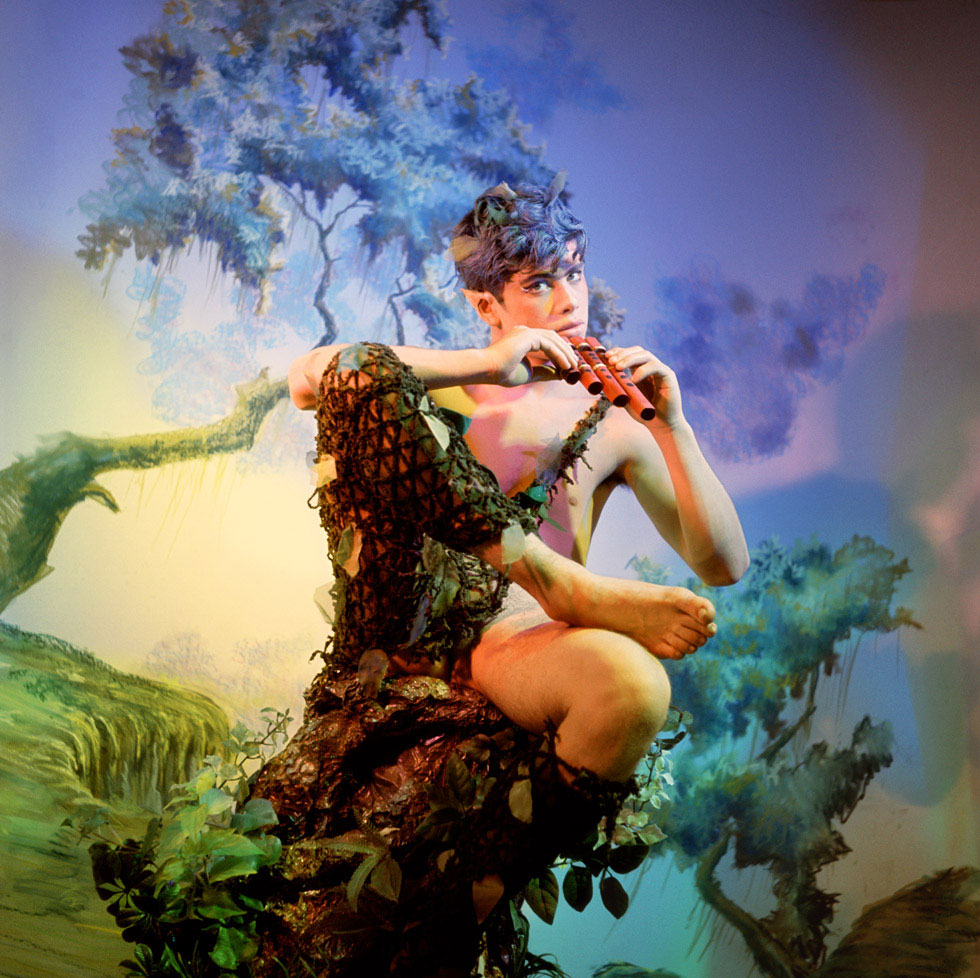






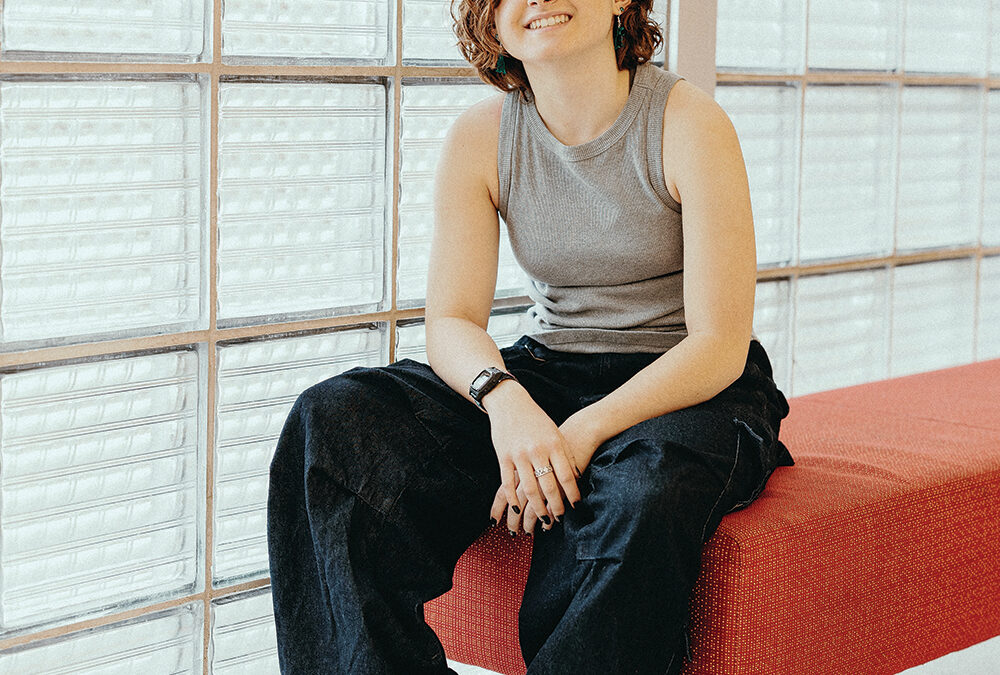
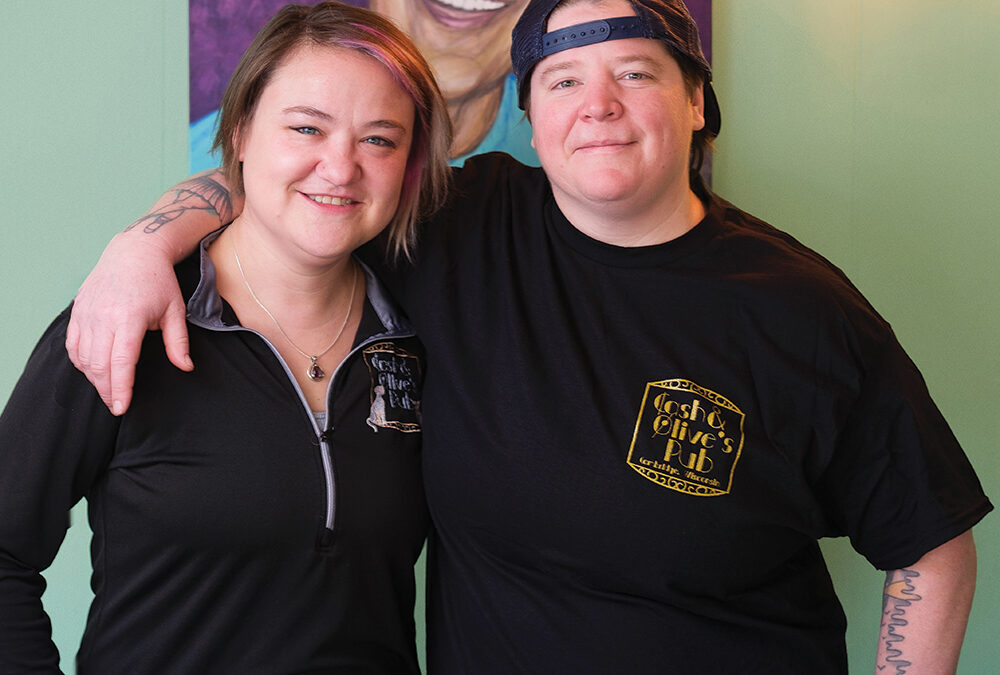

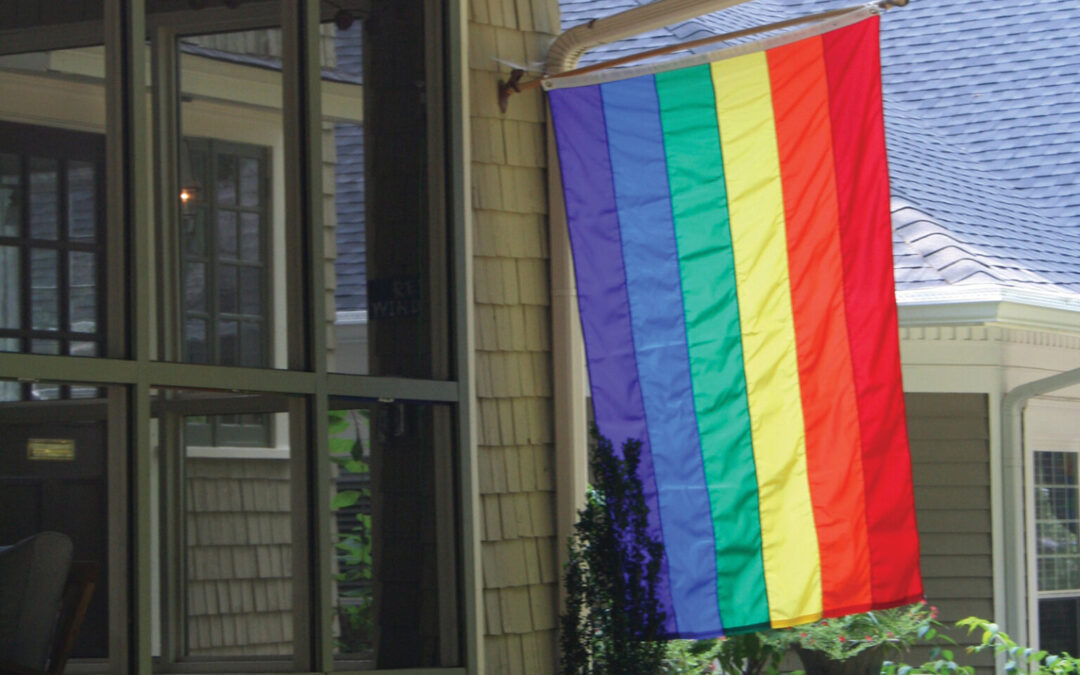
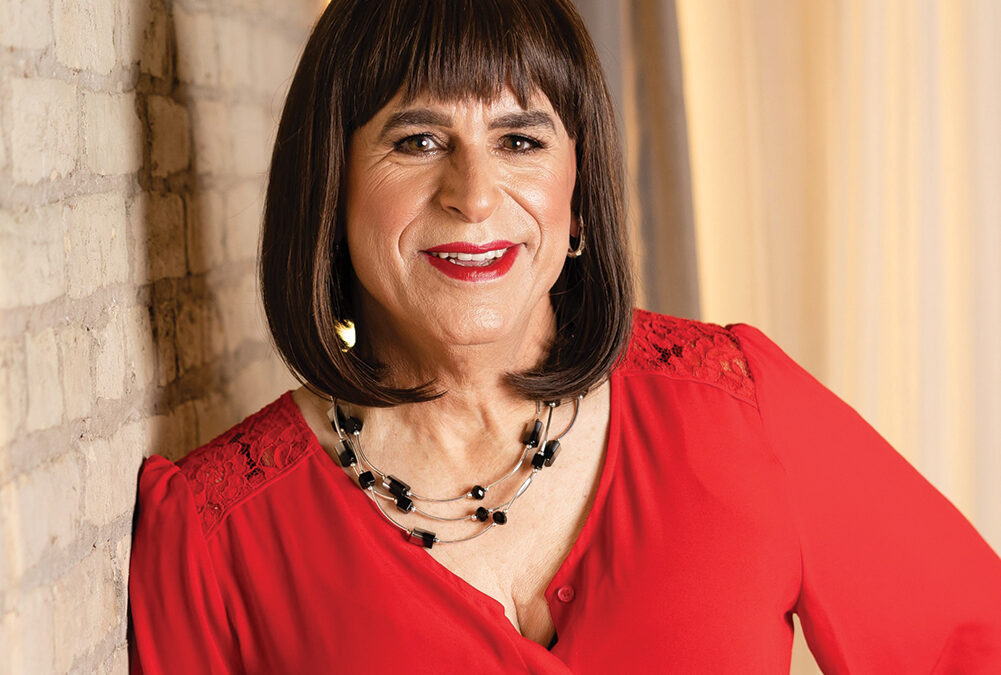
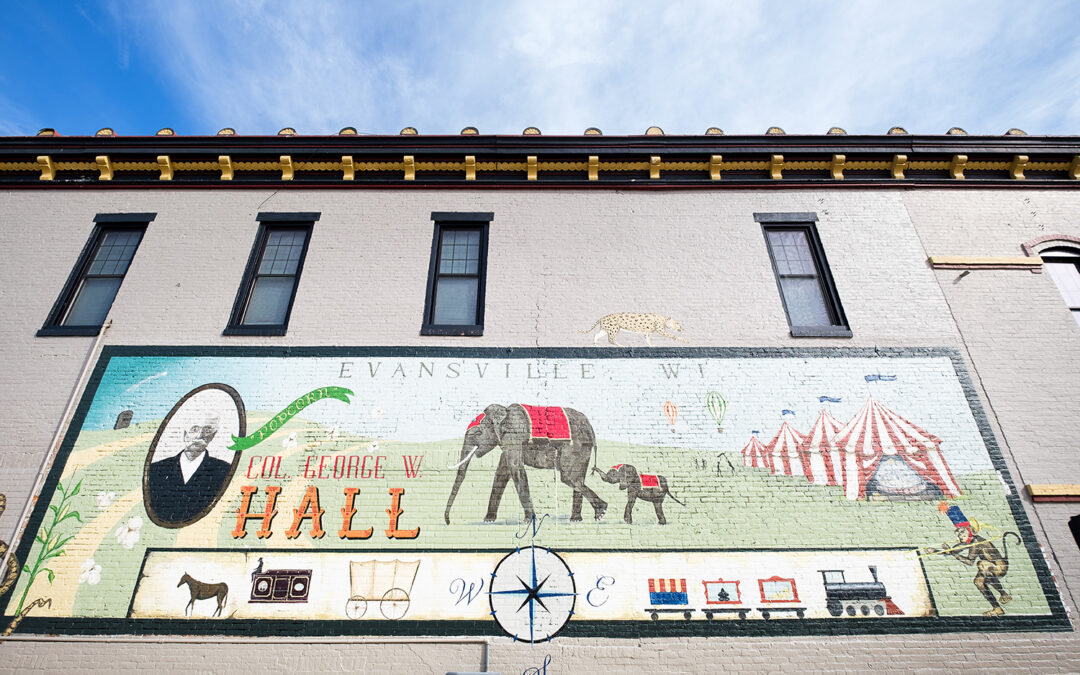









0 Comments